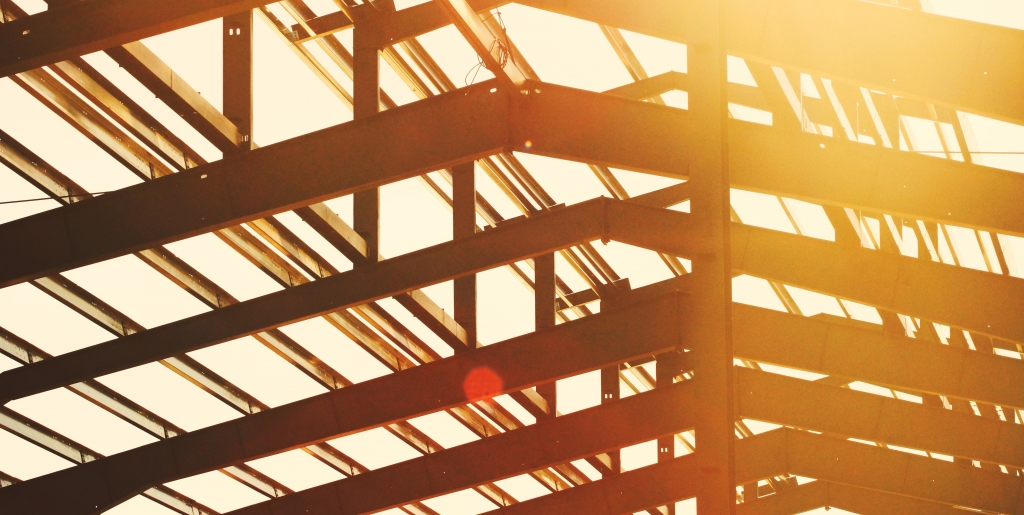Steel Buildings
Few things in life are as tough as steel. Ever wonder why there were so many cheesy 80s movies with “steel” in the title – Blue Steel, Steel Runnings, Hard as Steel, the steely list is endless. Steel is quite possibly the world’s most trusted material, and it’s the principal reason why countless buildings are constructed with it. But did you know that as strong as steel is (“hard as steel”), it is also an extremely flexible material as well.
Developers and architects have been manipulating steel for decades, coming up with novel ways to put into practice this valuable resource and as the construction industry evolves, so does steel right along with it. One of the first types of buildings to utilize steel was the train station. The mere usage proved quite profitable and from there private buildings, churches, etc followed along. The first major skyscraper emerged at the tail end of the 19th century which led to a multiple decade run for steel through the first and second World Wars.
Currently steel is employed in foundations, electrical panels, hardware/brackets, decking, HVAC and more. Steel has reigned supreme not only because of its versatility but also the imagination of those putting it to use. Steel can be seamlessly combined with glass or very high-elastic materials, galvanized flat products and even cold-rolled materials. Something else that evolved over time is steel is no longer labor-intensive. This is great news as prices have dropped because human intervention is needed less. Before we dive into the future of steel, it should be noted that steel is 100% recyclable. Yesterday’s steel buildings have built the buildings of today, and the durability of the metal will only add value to tomorrow’s buildings as well.
Moving forward, the industry is welcoming what is known as cold form steel construction. The framing with cold form is extremely light (compared to traditional steel), and much easier to install. Interior construction over multiple countries are full of cold form and it is rapidly becoming the go-to-choice for hotels, assisted living facilities, university dormitories and more. Fabricated from structural quality sheet steel, said sheets are rolled into C-sections, and unlike hot-rolled steel, no heat is required. The advantage is cold form steel does not split or shrink. It won’t absorb moisture and resists fire, termites and warping extremely well.
While the future is uncertain (all futures, not just those of steel), do look for digital technologies to transform how we work with steel construction. Middlemen are being eliminated by the day and while steel isn’t going anywhere, the way we use and manipulate it is ever evolving.


Comments:
Login to leave a reply